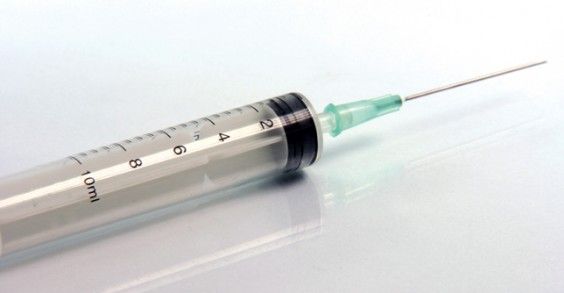Some may choose to remain blissfully unaware, but HPV is the most common STD or STI out there. And despite the misconception that it only affects the ladies, men aren’t off the hook. HPV causes roughly 22,000 cancer cases per year— almost one-third of which occur in men.
Human Papi-What? — Why It Matters
Genital human papillomavirus (aka HPV) is a virus (just like a cold or stomach bug) that typically has no symptoms aside from abnormal Pap-smears in women and (occasionally) genital warts. HPV is transmitted exclusively through sexual contact— typically through intercourse, but it can also be passed through oral sex (or even just a little bumpin’ and grindin’). A staggering number of adults (some sources say as high as 80 percent, though the CDC says it’s closer 50 percent) have been exposed to HPV, and half of all new cases occur in people ages 15 to 24.
Though most fight off the infection without a problem, there is no cure for HPV and it can have some pretty serious repercussions in some cases— including certain types of cancer. Unfortunately, doctors can’t explain why certain HPV strains cause cancer, but the same strain responsible for cervical cancer has now been linked to throat cancer in both men and women (likely due to oral sex). One study found as many as 40 percent of male clinic patients carried one of these high-risk strains
Give it a Shot? — The Answer/Debate
How’s this for a depressing thought: One study found educating male college students on the dangers of cervical cancer for women did not encourage them to get the HPV vaccine themselves
But all those blessings are about to be answered! (Maybe.) The HPV vaccine is approved for men ages 9 through 26 and can protect against four strains of the virus known to cause genital warts and cervical cancer. And a government panel now recommends the vaccine for both preteen boys and girls (though it does still work all the way up to young adulthood).
So who’s most likely to benefit from the vaccine? Homosexual men should definitely consider it, as some surveys suggest they may be up to 17 times more likely than straight men to get anal cancer associated with HPV (though both gay and straight men are equally at-risk for throat cancer related to HPV).
Before getting the vaccine, know that both Cervarix and Gardasil (the two brands of vaccine available on the market) are considered extremely safe by the CDC, but there are some side effects ranging from swelling or soreness at the injection site to fever and fainting. To avoid it altogether, throw a condom on Krull the Warrior King and put in a dental dam before engaging in oral sex. We’d say these alternatives are well worth dealing with if it means avoiding genital warts and cancer!
The Takeaway
There’s currently no research suggesting the vaccine isn’t effective, only that it might be. So, when it comes down to it, males between age 9 and 26 can only benefit from getting the vaccine. Plus, it may help protect your partner, too!

